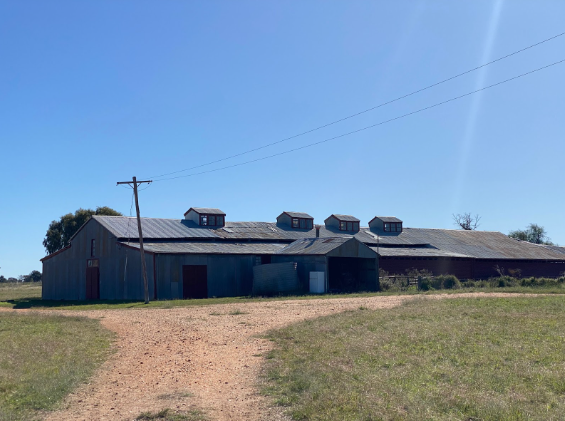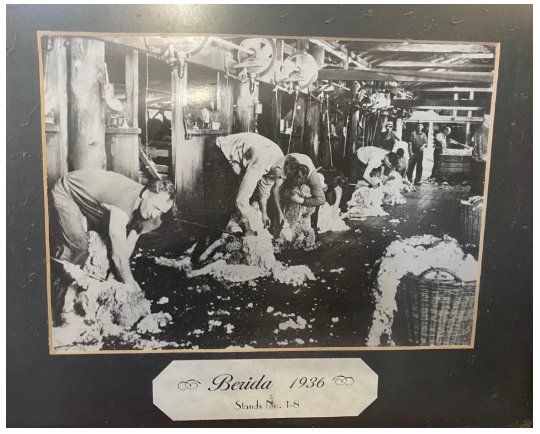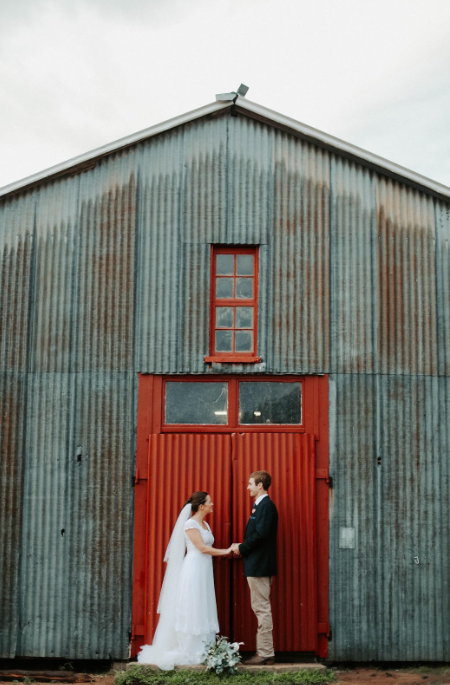
Ian McCutcheon was just 22 years old when he took over the reins at Berida, first settled circa 1840, a 3600 acre farm near Gilgandra, NSW about six hours west of Sydney. Today, it’s an historic look at Australia’s wool story.
40 years on Ian McCutcheon has lived through droughts, floods, pandemics and plagues and is just as passionate about the property as he’s ever been.
“It was a drought when I took over in 1982,” he says.
“There’s been four since then, the last drought from 2017-19.”
Berida Station was first settled in the 1840s. At its peak, under the ownership of Edward Flood, the station was 160,000 acres, about ten times the size of Sydney Harbour.
Ian McCutcheon says the original section of the homestead on the property was constructed in 1862.
In 1891 Berida’s 60,000 sheep, 100 cattle and 104 horses were sold to the Berida Pastoral Company of Melbourne.
“My grandfather came here for six months in 1908 as relieving manager of the property because the manager was an alcoholic but he never recovered so my grandfather remained here at Berida for the rest of his life.”

(Photo of shearing at Berida in 1936 - Supplied)
Then in 1949 the federal government compulsorily acquired the property and split it up into soldiers settlement blocks.
The program saw the creation of around 23,000 farms nation-wide across 9 million hectares.
It was introduced to help repatriate servicemen who had fought overseas.
“In 1949 my grandfather was offered the homestead block because he was the manager so he bought it,” Ian McCutcheon said.
“My father bought the woolshed block because he was in the air force and he got it as a promotion for the soldiers settlement scheme.”
The original Berida Woolshed was a blade shed with 27 stands.
In 1899 that shed was demolished and its materials re-used to construct a new 20 stand machine shed.
The annual shearing of 40,000 sheep took well over a month in good weather.
“It took six weeks to shear and approximately six weeks to cut the wood for the steam engine to do the shearing.”
In a good season up to 1,000 bales of wool were shorn and sent to Scotland and England.
122 years later, that woolshed remains operational just on a smaller scale.
“We have about 2000 sheep now, a bit less than 40,000.”
Mr McCutcheon not only manages the farm, he and his wife Dianne run wool and history tours of the woolshed and shearer’s quarters as part of life on the farm.
The idea came about after the woolshed’s centenary in 1999.
Mr McCutcheon hopes to restart tours again once the COVID-19 pandemic subsides.
“We started tours in about the year 2000.”
“As I semi-retire I’d like to do more of it but COVID has changed a lot of things.”
The woolshed has also played host to many family events including weddings.
 (Woolshed wedding - Georgie Johnson Photography)
(Woolshed wedding - Georgie Johnson Photography)
 Results
Results

